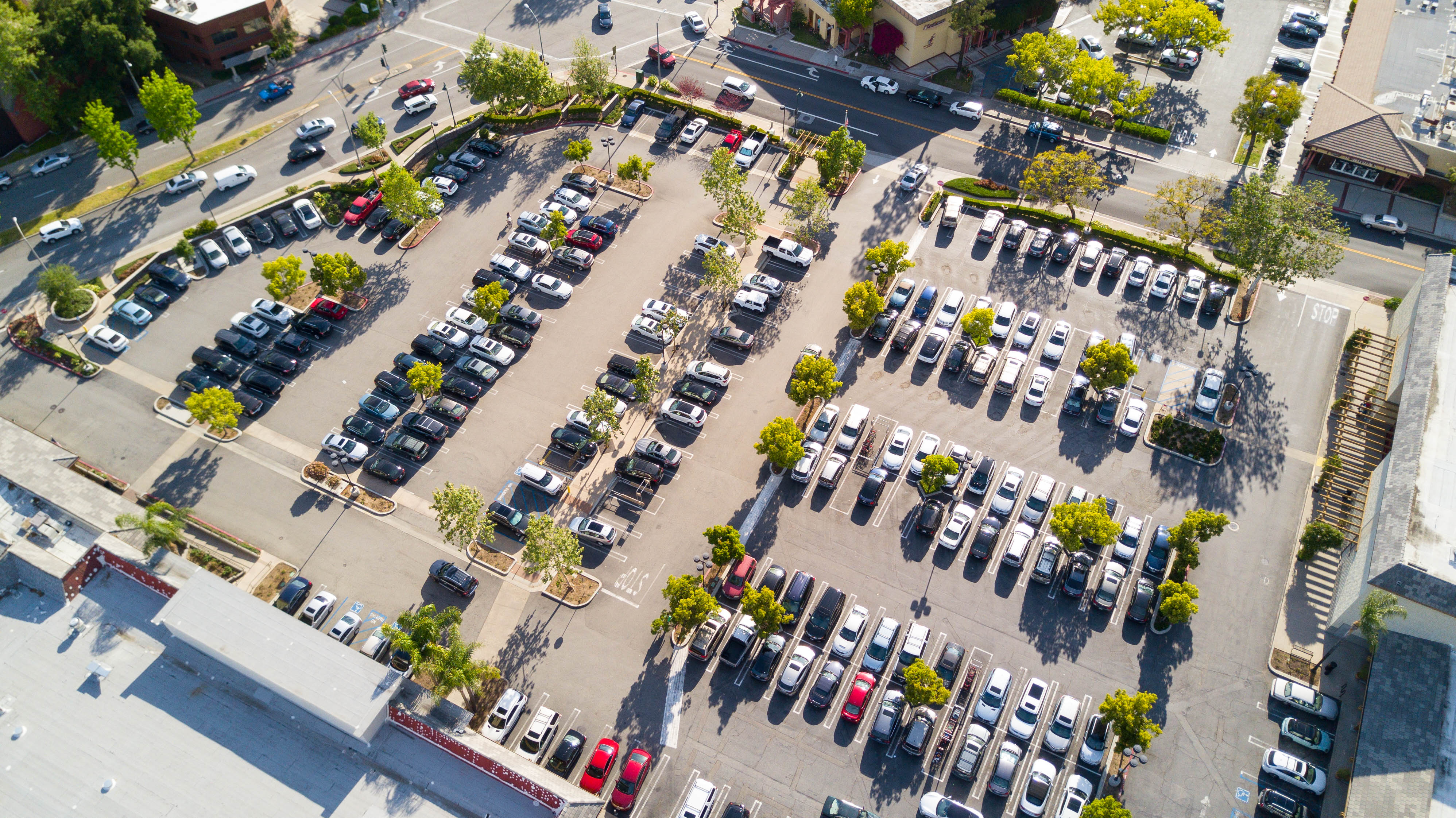5 Ways Parking is Impacting Today’s CRE Building
If you’ve ever driven by a shopping center where all of the cars are concentrated around the anchor store but most of the spaces are empty then it’s easy to see parking’s impact on CRE. For decades, the standard was to build between 4 and 6 car spaces for every one thousand square feet of space. As mall businesses have closed what is left is a vast wasteland of concrete that is underused.
Builders and tenants end up paying more money for extra parking spaces. Even at full occupancy, according to one study, on a huge holiday weekend, nearly half of the spaces in office parks are left empty. The actual parking lot space ratio should be closer to 1.5 spaces for every thousand square feet – that is for office. Restaurant parking and stores tend to need more space.
But with office buildings seeing fewer tenants and apartment complexes housing fewer drivers, commercial real estate developers have to come up with new ways of looking at parking. Now they have to contend with more mixed-use communities and driverless or rideshare vehicle loading zones rather than designated parking spaces which is impacting parking in today’s CRE buildings in these 5 ways:
#1: Urban Parking Spaces are Shrinking or Disappearing Altogether
One study of CRE developers found that when it comes to new construction, it is parking that either makes or breaks the financing for the deal. More than any time in the last few decades, there are fewer drivers. Many people are opting to walk, bike, or ride public transportation to get around, leaving more space from underutilized parking lots and facilities.
Driverless cars are more common than most people realize simply because their uses have not penetrated to the general public. If however, as is expected, driverless technology does advance to the point where the average person will no longer need a car, parking lots in big cities could disappear altogether. What remains of abandoned parking lots and structures will have to be converted for new uses.
#2: Suburban Parking Spaces are Decreasing but Necessary
Unlike in the cities, suburbanites still by and large own at least one vehicle yet many of them are also opting to park their cars and commute via public transportation. But on the weekends when they go shopping or out to eat, they prefer shopping centers with plenty of parking, so spaces are still needed in the suburbs but not nearly as many as there are now. The proper ratio should be somewhere just under two spaces per apartment unit where in the city the ratio is closer to one space per unit.
#3: Saving Space through Creative Shared Parking Arrangements
What happens when there is a surge in tenants or customers and there isn’t enough space to handle the vehicle load? For those instances, building owners and developers are coming up with creative space sharing ideas. For example, in a community with multiple apartments, the complexes share a lot or in mixed-use communities, the apartment may share lot space with a retailer.
#4: Increasing Non-Vehicle Storage Options and Driverless Vehicle Zones
Bikers have a hard time finding a place to safely store their bikes when there are no bike racks or storage spaces for them. Developers can reduce unnecessary parking space by building secure areas for bike storage, especially in cities and for buildings where there is a bike sharing program in place.
#5: Balancing Ride Sharing Programs with Public Transportation Access
One downside to all of the ridesharing programs around the country is that they are beginning to take money away from public transportation. It’s sometimes more convenient and affordable enough to forgo a trip on the bus and instead opt for an Uber or Lyft ride. Without fares, cities lack the funding to support new efforts to provide better public transportation. This is leading developers to find a balance between building for convenient ridesharing and building for easy access to public transportation.


